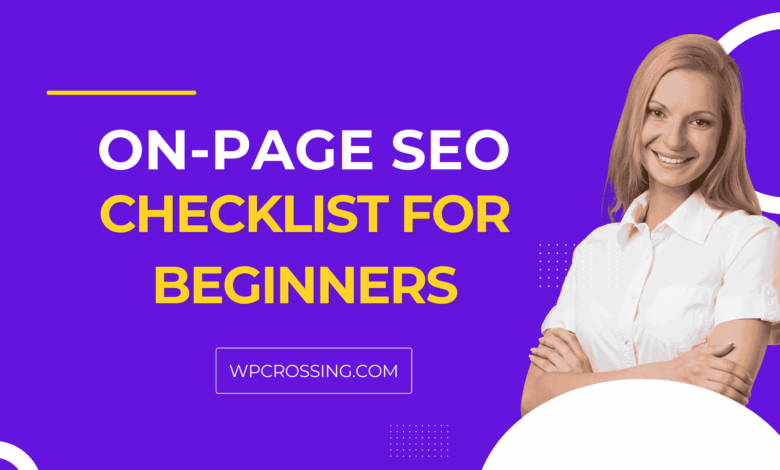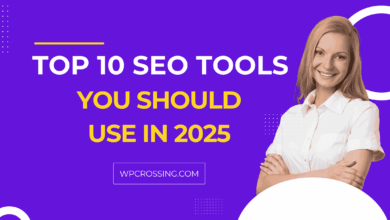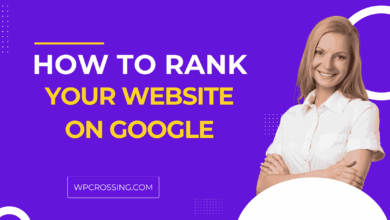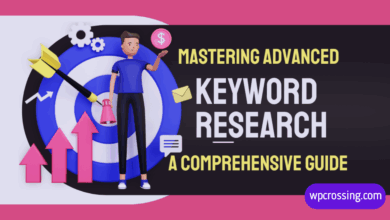On-Page SEO Checklist for Beginners

Nowadays, the competition in the online world has increased so much that just creating a website is not enough. You need to optimize your website for search engines, so that Google and other search engines can easily understand your content and bring it to the right user at the right time.
The most important thing among these tasks is On-Page SEO. This is a process where you optimize various elements within the website including content, title, URL, images, internal links.
In today’s article, we will discuss step by step a complete On-Page SEO Checklist for Beginners, which if followed will take your website a long way in Google rankings.
Proper keyword research
The most important step before starting on-page SEO is keyword research.
- Find out what words your target audience is searching for.
- Choose long-tail and less competitive keywords.
- You can use tools like Google Keyword Planner, Ahrefs, SEMrush, or Ubersuggest.
Title Tag Optimization
The title tag is what appears first in Google search results.
- Give a different title for each page/post.
- Make sure to put the keyword at the beginning of the title.
- Keep the title between 50–60 characters.
- Write an attractive title that will get clicks.
Meta Description
Meta descriptions are the short text that appears below the title in Google search results.
- Keep it between 150–160 characters long.
- Include your main keywords.
- Use a call-to-action (CTA) such as “Learn more”, “Read now”, etc.
URL Structure
SEO-friendly URLs are important for both Google and users.
- Keep them short and simple.
- Use hyphens (-), not underscores (_).
- Include key keywords.
Examples:
❌ Bad: www.example.com/post?id=12345
✅ Good: www.example.com/on-page-seo-checklist
Heading Tags
Google uses headings to understand content.
- Use only one H1 per page and place the main keyword there.
- Break up the content and organize it with H2 and H3.
- Use keywords naturally, not forcefully.
Content Optimization
Content is the lifeblood of SEO.
- Content must be unique and provide value.
- Keep keyword density to 1–2%.
- Use the main keyword in the first 100 words.
- Content should be at least 1000–1500+ words.
- Answer user questions.
Internal linking
Link from one page of your site to another.
- Have at least 2-3 internal links in each new post.
- Use relevant keywords in anchor text.
- Create easy navigation for the user.
External Linking (Outbound Links)
Linking to trusted websites has a positive impact on SEO.
- Google considers content credible when you provide a source of information.
- However, don’t link to spammy or low-authority sites.
Image optimization
Images are not only visual, but also play a big role in SEO.
- Provide ALT text for each image and include relevant keywords.
- Keep the image size small (use tools like TinyPNG, ShortPixel).
- Using WebP format will make the website load faster.
Mobile-friendly design
Google is currently using Mobile-First Indexing.
- The website must be responsive.
- The font size must be large enough to read on mobile.
- The buttons must be easy to click.
Page loading speed
Fast loading websites have a positive impact on both user experience and SEO.
- Use caching plugins (such as WP Rocket, W3 Total Cache).
- Use a CDN (such as Cloudflare).
- Minify images and code (CSS, JS).
- Use good-quality hosting.
User Experience (UX)
Google looks at not only keywords, but also the user experience.
- Keep website design simple.
- Use fonts that are easy to read.
- Make content scannable (bullet points, short paragraphs, headings).
Conclusion
On-Page SEO is actually not very difficult, rather it is a step-by-step process. If you regularly work on titles, meta descriptions, keywords, internal links, image optimization, speed and mobile friendliness, then gradually your website will move up in Google search.
Remember, SEO is a long-term game. You will not get results in a day, but if you work patiently, the results will come.



